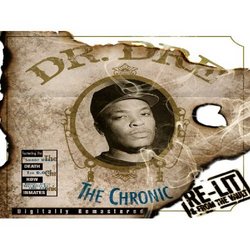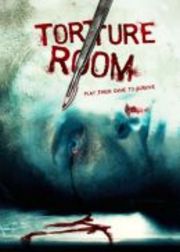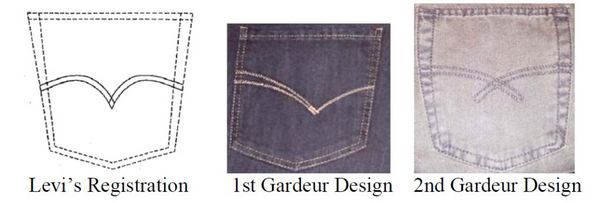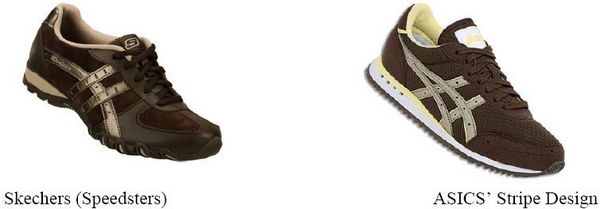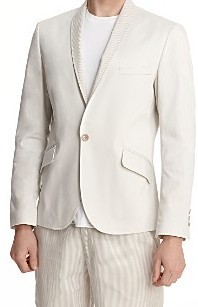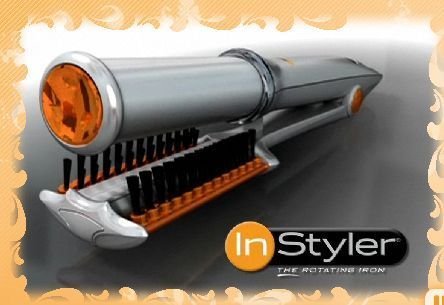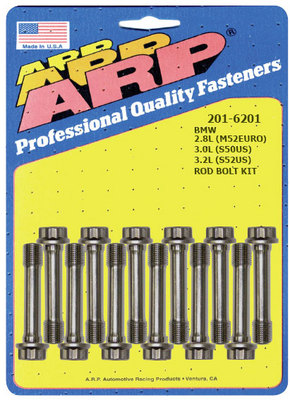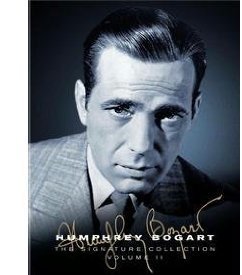 Los Angeles, CA – Humphrey Bogart appeared in more than seventy motion pictures, including classics such as Casablanca, The Maltese Falcon, and The African Queen. Bogart, LLC, the plaintiff in the case, is the successor-in-interest of all intellectual property rights and assets associated with Humphrey Bogart, which rights were acquired from his children. Bogart owns a USPTO trademark registration for the trademark “BOGART” for use in connection with the sale of furniture. Bogart has previously licensed the trademark to Thomasville for a line of furniture products using the name and the trademark “Bogart.”
Los Angeles, CA – Humphrey Bogart appeared in more than seventy motion pictures, including classics such as Casablanca, The Maltese Falcon, and The African Queen. Bogart, LLC, the plaintiff in the case, is the successor-in-interest of all intellectual property rights and assets associated with Humphrey Bogart, which rights were acquired from his children. Bogart owns a USPTO trademark registration for the trademark “BOGART” for use in connection with the sale of furniture. Bogart has previously licensed the trademark to Thomasville for a line of furniture products using the name and the trademark “Bogart.”
Defendants Plummers, Inc., Scandinavian Desings, Inc. and Dania , Inc. are allegedly affiliated companies that are accused of using the name and trademark “Bogart” without authorization in connection with a line of furniture. Plaintiff claims that Defendants advertising used the “Bogart” trademark along with copy referencing a “great retro design” and in a “deco style” to create a false association because it conjures up memories of the “style in the 1940’s and 50’s when Humphrey Bogart was the world’s most popular, acclaimed and sought-after motion picture actor.” Plaintiff asserts causes of action for misappropriation of right of publicity (Cal. Civ. Code §3344.1), trademark infringement, unfair competition under the Lanham Act, and trademark dilution. The case is Bogart, LLC v. Plummers, Inc. et al., CV10-4151 GAF (C.D. Cal. 2010).
 Los Angeles Intellectual Property Trademark Attorney Blog
Los Angeles Intellectual Property Trademark Attorney Blog


